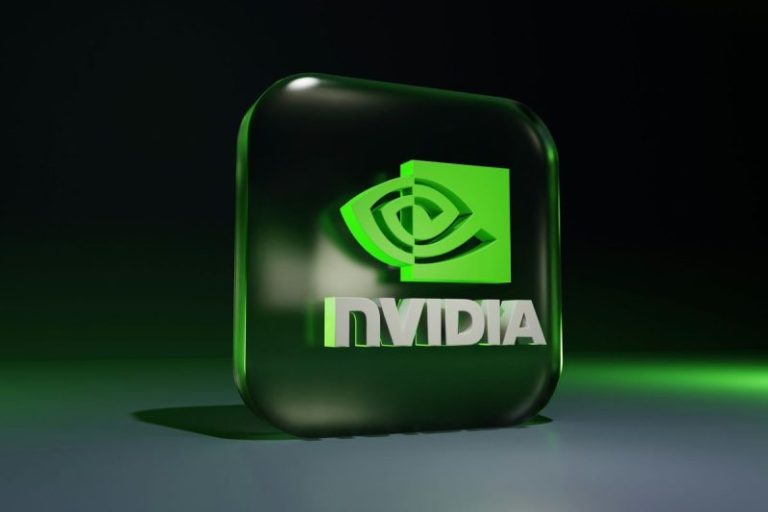Former Sen. Joe Manchin, I-W.Va., said he spoke more with President Donald Trump in the first two years of Trump’s term than with former President Barack Obama during Obama’s eight years in office.
In his new book, ‘Dead Center: In Defense of Common Sense,’ released this week, Manchin outlined a cordial working relationship with Trump and a far chillier, less active back and forth with Obama.
Manchin, who switched from the Democratic Party to become an Independent before retiring from the Senate last year, wrote that he considered Trump a fellow ‘outsider’ when he arrived in Washington, D.C., for his first term and lauded him as the ‘most engaged president I ever worked with’ since former President Bill Clinton.
‘From the start, President Trump had an open line of communication with me,’ he wrote. ‘I spoke to him more in the first two years of his presidency than I did to President Obama during all eight years of his time in office.’
He noted, ‘If you want to have influence with Donald Trump, you have to be the last person he talks to about a topic,’ and said he would jokingly ask that the president ensure he was the last person he called.
‘He’d laugh, and we’d talk it out,’ he said.
He recalled his 2018 election campaign in the wake of Trump’s dominant, 40-point win in the state. Trump told Manchin that he was being pressured to campaign against him and promised he wouldn’t. Ultimately, Trump visited the state five times, but Manchin still came out on top.
He was later invited to the Oval Office to meet with Trump, where, in front of then-Vice President Mike Pence and Ivanka Trump, the president ‘blurted to his other guests, ‘I told you we couldn’t beat him,’’ Manchin wrote.
Manchin’s relationship with the former president goes back to his time as governor of West Virginia, when Obama was still a senator. The two worked together on a coal deal in Illinois that had previously excluded West Virginia.
During the 2008 election cycle, he said he invited both then-Sen. Hillary Clinton, D-N.Y., and Obama to come to West Virginia to campaign, but said Obama shook off the invitation and told him, ‘Let’s be honest with each other — my demographics don’t work well in your state.’
‘But he didn’t come, and that night belonged to Hillary,’ he wrote. ‘She made the most of her visit and won the primary by 41 points.’
He said their relationship became even chillier when Obama launched his ‘war on coal’ with a push for green initiatives that targeted fossil fuels and states like West Virginia.
Manchin argued that the Democratic Party had grown dismissive and lost touch with the working class as a means to reshape their agenda through a progressive lens. That led to a seismic shift in West Virginia’s political alignment, from Democratic to now largely Republican, he said.
And in the process that began when Obama won in 2008, he said that rural states like his felt ‘overlooked and undervalued.’
‘But that’s exactly how Democrats handled West Virginia, and no one embodied that disconnect more than President Obama,’ he wrote.
Fox News Digital reached out to Obama’s office and the White House for comment but did not immediately hear back.









